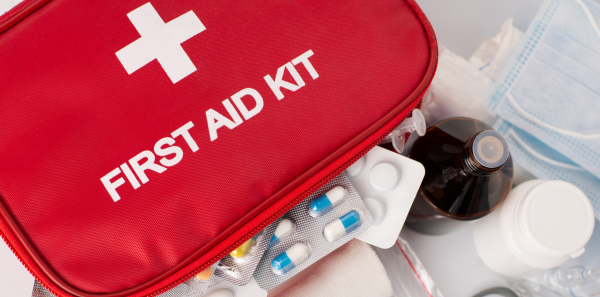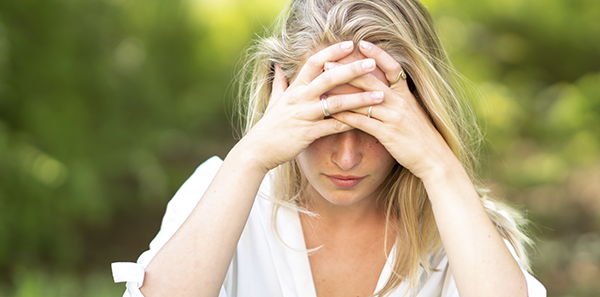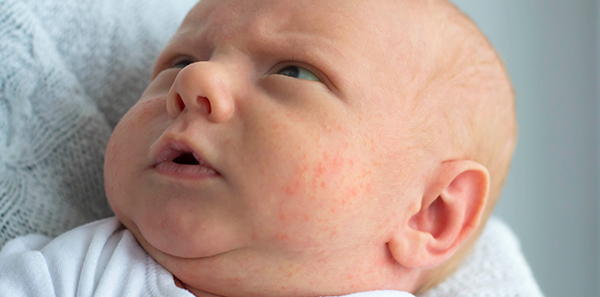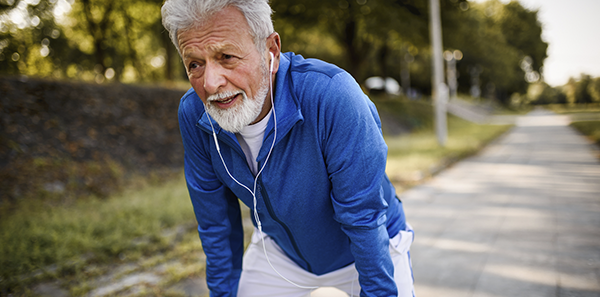
The home first aid kit is a basic resource for providing an adequate response to possible domestic accidents. But do you know what it should be like and what products it should include? We explain.
It’s important that to place it in a suitable location, one that’s clean, dry and well-aired. This ensures everything is well preserved. It’s a mistake to have it in the kitchen or bathroom, where it’s exposed to heat and humidity. Plus, it must be out of children’s reach.
All family members should know where it’s kept and it’s important that the box or cabinet doesn’t have locks or passcodes, as this makes it difficult to access it in an emergency.
It’s advisable to check the contents at least twice a year so you can throw away what has expired and replace the products that have been used up.
Contents of the family first aid kit
The kit should contain medical supplies for first aid as well as medicines.
Medical supplies:
- Alcohol wipes or disinfectant gel to clean hands thoroughly before treating a wound.
- Antiseptics like hydrogen peroxide, iodine solution or alcohol. The latter should only be used if you don’t have any of the others.
- Plasters and bandages in different sizes.
- These must be kept tightly sealed to preserve their sterile environment.
- Saline solution.
- Adhesive tape.
- Small scissors.
- Latex gloves.
- A triangular handkerchief or scarf to improvise a sling.
- Thermometer.
- Other items such as a hot and cold compress.
Medicines:
- Prescription medication. Write on the box or on a paper inside what it’s for, the dose, how many times a day and the duration of the treatment in case you need to notify the emergency services.
- Antipyretics and painkillers (paracetamol and ibuprofen). Ensure they’re used correctly and responsibly and go to your GP if the problem doesn’t improve within 3 days.
- Antihistamines, especially if there’s someone with an allergy in your home.
- Antacids for stomach pain and laxatives.
- Ointment for minor burns.
- Ointment for stings.
- Antidiarrhoea medicine.
All medicines must be in their proper packaging and correctly identified to avoid confusion.
It’s also wise to include a list of emergency telephone numbers, along with emergency family contacts.
If anyone suffers penetrating or deep wounds, severe burns, bumps with deformity or severe pain or blows to the head, they should be examined and assessed by a health professional.












